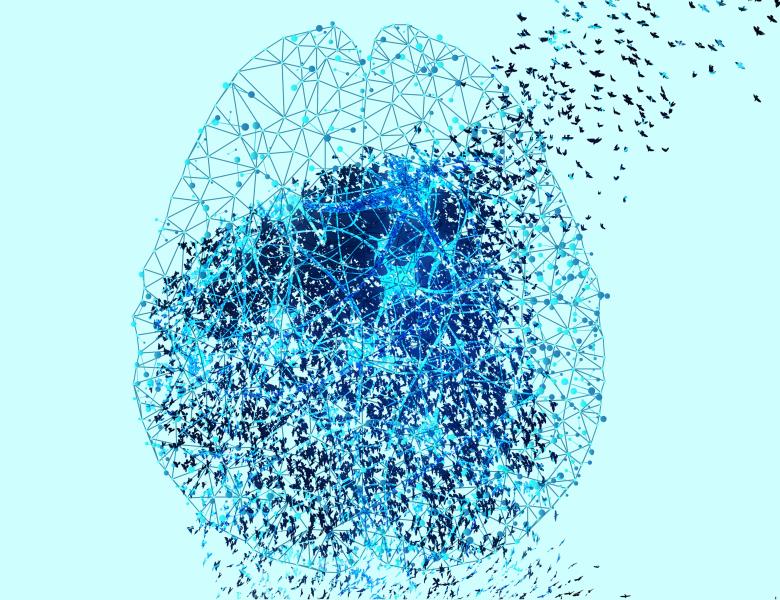
Abstract
All descriptive and quantitative formalisms regarding holistic brain function posit that the brain encodes an internal world model of some kind to some degree of approximation. That is, the brain receives sensory information about the current state of the world, uses an internal representation of the world’s structure to predict future states, and leverages this information to flexibly induce rational behavior. This perception-model-action cycle is predicated on the axiomatic assumption that internal world models are a necessary intermediate step for inducing flexible behavior via inference and planning. I will discuss a theoretic analysis that deconstructs this assumption and shows that (1) internal world models are not necessary for planning behavior, and (2) counter-intuitively, internal world models are irrational for planning behavior due to their fundamentally inefficient use of the most important resource of all for biological agents, namely time. I will briefly discuss the implications of this in particular suggesting that the brain does not encode internal world models and hypothesize an alternative relational formalism for internally reflecting dynamic structure in the world which is optimal for inducing flexible behavior.


